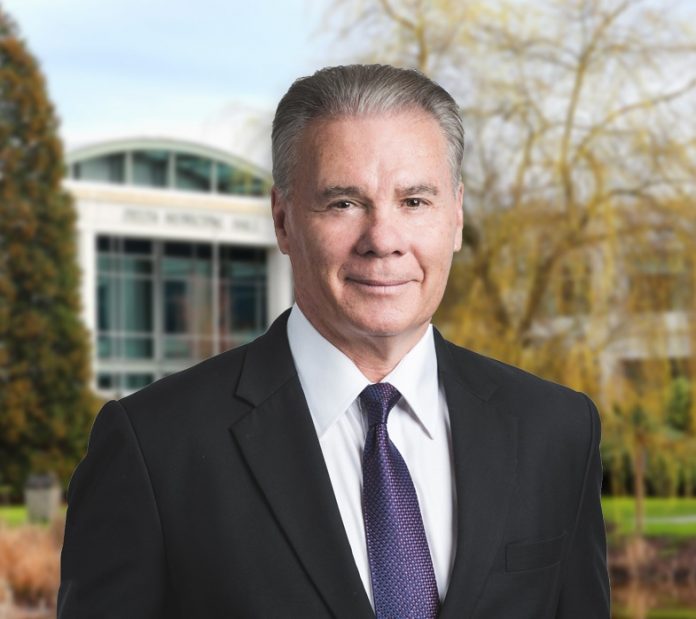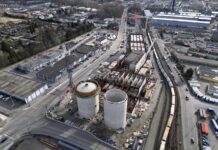THE City of Delta announced on Tuesday it has expanded the land area of the Burns Bog Ecological Conservancy Area by adding five additional land parcels, comprising over 321 hectares (793 acres). The inclusion and protection of these additional lands is the successful result of many years of effort and collaboration between several key players, led by the City of Delta and Metro Vancouver with input and cooperation from both the Government of Canada and the Province of British Columbia.
The newly-added lands are jointly owned by the City of Delta and Metro Vancouver and will be maintained and operated in a manner consistent with the rest of the properties already under protection in the Burns Bog Ecological Conservancy Area. Of particular value is the inclusion of the Delta Nature Reserve which, as the only publicly-accessible portion of the Conservancy Area, will continue to provide opportunities for the community to learn about and experience Burns Bog firsthand.
Located in Delta, the Burns Bog Ecological Conservancy Area is one of the world’s largest protected natural areas, spanning over 2,000 hectares (5,000 acres). Burns Bog is globally unique because of its chemistry, form, flora and large size and is an important contributor to the ecology of the entire region. Historically, the land was previously used for peat mining and farming, which resulted in a slow devastation to the bog. Identifying the need for its protection, the City of Delta, in collaboration with Metro Vancouver and senior levels of government, acquired the initial significant amount of the lands in 2004.
To further solidify the multi-level government commitment to the preservation of Burns Bog, the City of Delta, Metro Vancouver, as well as the respective federal and provincial ministries responsible for the environment signed a binding conservation covenant agreement confirming the importance of protecting these valued lands.
Delta Mayor George V. Harvie said: “The addition of these lands to the Burns Bog Ecological Conservancy Area is another positive step towards Delta’s commitment to restore and preserve Burns Bog for future generations. The bog plays an integral role in our ecosystem and environment and is treasured by residents of not only our community, but the entire region.”
John McEwen, Chair, Metro Vancouver Regional Parks Committee, said: “Greenspaces are central to our region’s character – they protect sensitive ecosystems from development pressure and gives us places to connect with nature, de-stress and breathe fresh air. Our long-time partnership with the City of Delta to expand and protect Burns Bog truly helps us to protect the natural beauty of our region through the Regional Parks Land Acquisition Strategy for the benefit of current and future generations.”
Sav Dhaliwal, Chair, Metro Vancouver Board of Directors, added: “As the world’s largest protected bog within an urban setting, Burns Bog produces oxygen for us to breathe, provides an important stopover for hundreds of bird species along the Pacific Flyway, and is home to many endangered species year-round. A healthy bog can also sequester and store thousands of tonnes of carbon dioxide every year. Metro Vancouver and the City of Delta are collaborating on extensive restoration efforts at the bog to significantly enhance this ecological service as a key part of our efforts to maintain corporate carbon neutral status and make the region more resilient to climate change.”
The City of Delta said it is committed to exploring more opportunities to include additional properties in the Burns Bog Ecological Conservancy Area.













